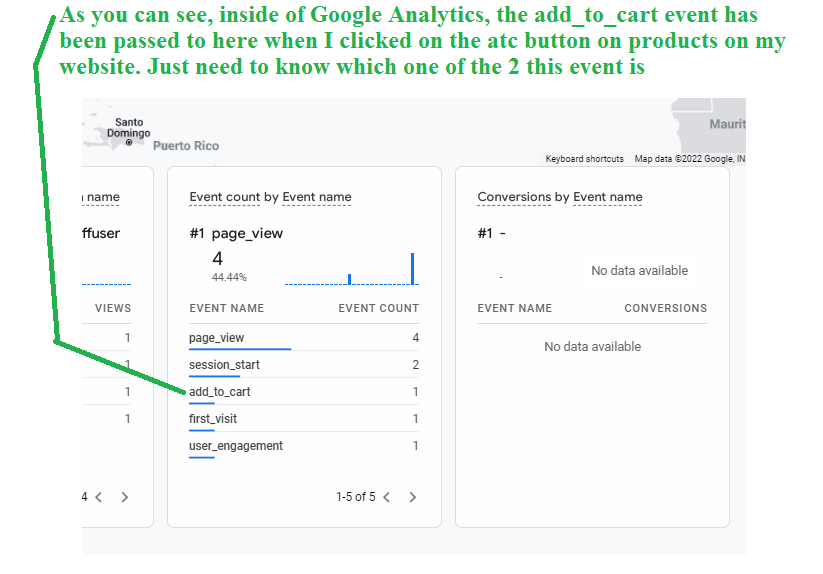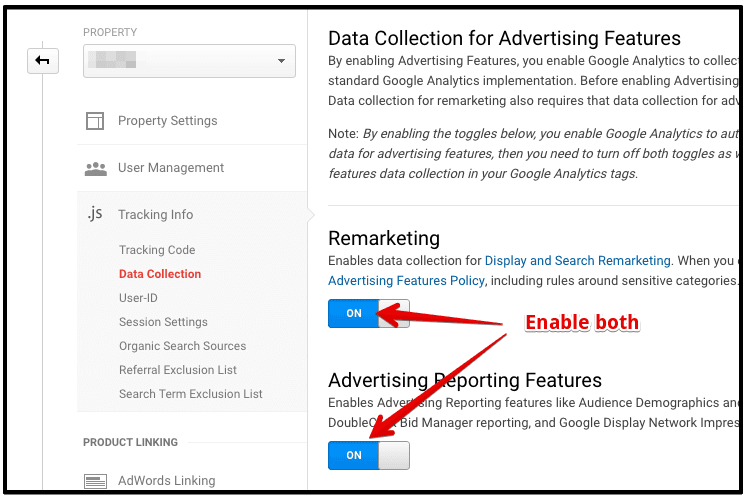Utilizing Remarketing in Google Analytics: A Comprehensive Guide
Utilizing remarketing in Google Analytics provides organizations a critical side in reaching out to prospective consumers. This overview will certainly lose light on the important steps entailed in using the full capacity of remarketing in Google Analytics, leading to enhanced advertising and marketing results.
Understanding Remarketing in Google Analytics
Remarketing in Google Analytics allows organizations to strategically target customers who have actually formerly connected with their web site or mobile application. By leveraging information from Google Analytics, companies can produce customized remarketing checklists based on individual actions, such as pages seen, actions taken, or specific goals accomplished. This effective device makes it possible for services to re-engage with users who have actually shown interest in their products or services, inevitably enhancing the probability of conversion.
Understanding the different sorts of remarketing approaches is vital for an effective project - What Is “Remarketing” In Google Analytics?. Google Analytics offers different alternatives, consisting of standard remarketing, vibrant remarketing, and remarketing listings for search ads (RLSA) Each kind serves an one-of-a-kind purpose and can be tailored to meet certain advertising and marketing purposes
Moreover, evaluating the efficiency of remarketing projects is essential for optimizing outcomes. Google Analytics provides beneficial understandings right into the efficiency of different remarketing methods, permitting organizations to make data-driven decisions and improve their targeting method. By constantly adjusting and keeping track of remarketing initiatives based upon analytics data, businesses can maximize ROI and drive success in their advertising and marketing campaigns.
Establishing Remarketing Projects

After establishing up audience lists, the next step is to link Google Analytics with Google Ads. By connecting these two systems, organizations can perfectly move audience checklists from Google Analytics to Google Ads for remarketing purposes. This assimilation allows for more specific targeting and much better project efficiency.
When the accounts are connected, organizations can create remarketing projects in Google Ads utilizing the target market provides formerly specified in Google Analytics. These campaigns can be personalized with particular advertisement creatives, messaging, and bidding process strategies to properly re-engage with previous visitors and drive conversions. By complying with these steps, companies can take advantage of the power of remarketing to enhance their advertising efforts and enhance ROI.
Using Target Market Segmentation Techniques

Predefined sections in Google Analytics permit you to promptly examine common target market groups fresh users, returning users, or users who finished a specific objective her comment is here on your website. Personalized segments, on the various other hand, allow you to produce distinct sectors based upon certain criteria that are vital to your service objectives. Dynamic remarketing listings instantly adjust based upon individual actions, revealing tailored advertisements to customers who have engaged with your website in certain methods.
Analyzing Remarketing Efficiency Metrics
Upon examining the performance of remarketing projects in Google Analytics, the analysis of vital performance metrics provides useful understandings into audience interaction and conversion prices. By diving into metrics such as click-through prices (CTR), conversion prices, expense per acquisition (CERTIFIED PUBLIC ACCOUNTANT), and return on ad spend (ROAS), online marketers can evaluate the success of their remarketing efforts. CTR shows the percent of users who clicked the ad after viewing it, mirroring the advertisement's relevance and appeal. Conversion prices determine the percentage of customers that completed a preferred action, such as making a purchase, after clicking on the advertisement. Certified public accountant reveals the ordinary expense sustained for every conversion, assisting examine campaign success. ROAS, on the other hand, measures the earnings generated for each buck invested in marketing. Examining these metrics makes it possible for marketing professionals to maximize campaigns, fine-tune target market targeting, and allocate budgets effectively to enhance general remarketing performance.
Maximizing Remarketing Methods
When refining remarketing strategies in Google Analytics, concentrating on target market division is paramount for attaining project success. By separating your target market into specific sectors based upon their behavior, demographics, or passions, you can customize web link your ads better to every team. This targeted strategy enhances the possibility of involving individuals that have actually already shown passion in your services or products, resulting in higher conversion prices.
An additional important element of maximizing remarketing techniques is constantly testing and refining your campaigns (What Is “Remarketing” In Google Analytics?). A/B testing various ad creatives, messaging, or deals can help you identify what reverberates finest with your audience and drives one of the most conversions. By assessing the efficiency of these examinations in Google Analytics, you can make data-driven decisions to maximize your remarketing efforts additionally
In addition, leveraging dynamic remarketing can dramatically improve your project results. This feature permits you to reveal individualized ads to customers based on their past interactions with your site, showcasing solutions or products they have actually previously watched. By delivering tailored content to individuals based on their behaviors and passions, dynamic remarketing can aid increase interaction and drive conversions.
Verdict
Finally, taking advantage of remarketing in Google Analytics is a calculated strategy to target individuals that have previously involved with a website. By developing personalized audience listings and making use of audience division techniques, companies can maximize remarketing advocate raised conversion prices. Examining efficiency metrics and constantly optimizing methods are vital for taking full advantage of the efficiency of remarketing efforts.
Google Analytics uses numerous choices, including standard remarketing, vibrant remarketing, and remarketing checklists for search advertisements (RLSA)After establishing up audience checklists, the next action is to link Google Analytics with Google Advertisements. By linking these 2 systems, companies can effortlessly move audience listings from Google Analytics to Google Advertisements for remarketing functions.When the accounts are connected, companies can develop remarketing campaigns in Google Ads utilizing the audience lists formerly defined in Google Analytics.When refining remarketing techniques in Google Analytics, concentrating on Click Here audience segmentation is critical for accomplishing project success.